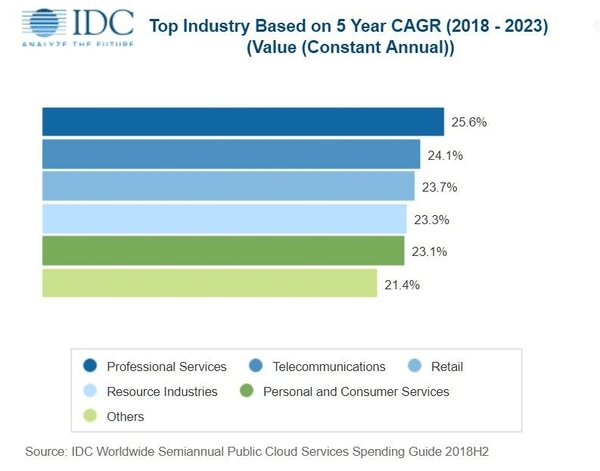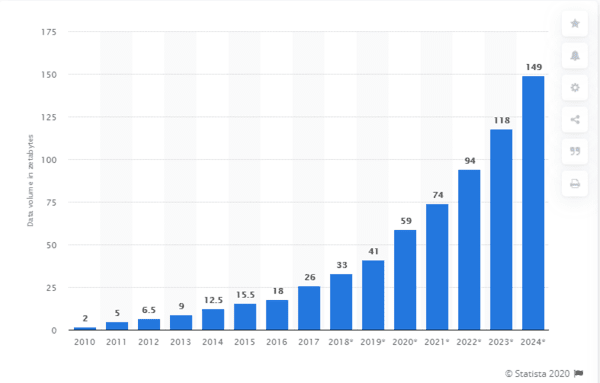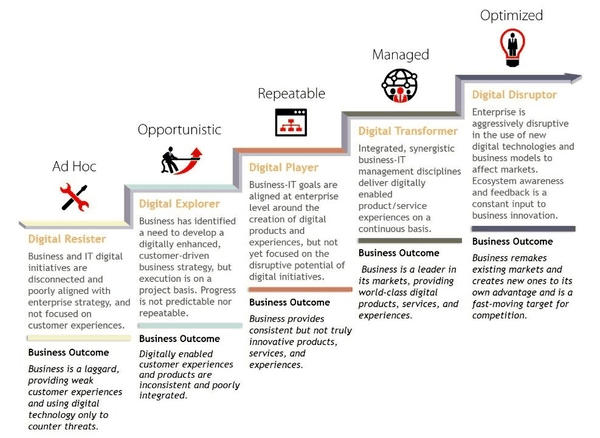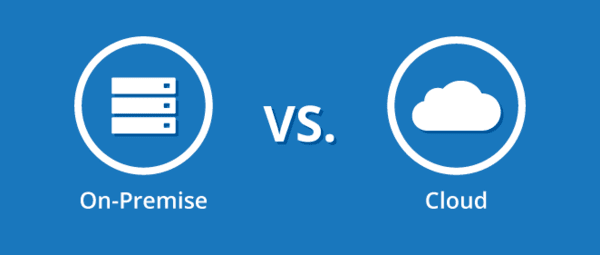
Artificial Intelligence Powered Facial Recognition Data Center
January 7, 2021
Are There Risks of Outsourcing Your Data Storage?
January 14, 2021IaaS, SaaS, PaaS, DaaS, ITaaS…and on and on and on. What is a small business to make of all these ‘as a service’ offerings and how can a business owner ensure that he is making the most of his investment in technology while preparing the company to be competitive in the digital age?
About 10 years ago, ‘Cloud’ became a buzzword in the IT industry and if you interviewed CIO’s across the United States, a majority of them would say that pursuing a cloud strategy. 5 years ago, we started to see largescale implementations into public cloud providers by large corporations and we are continuing to see that adoption grow. In 2019, IDC predicted “public cloud spending will grow from $229 billion in 2019 to nearly $500 billion in 2023.”
In those 10 years, we have seen a major shift in how the topic of ‘Cloud’ is treated in Fortune 500 companies.

Even today, however, I hear from small business owners that they don’t know how to define what ‘the cloud’ is. So, let’s define some terms. Cloud is a term that refers to providing storage and computing as an operational expense that has the ability to fluctuate capacity as needed to support business needs.
That means you could create your own private cloud and offer the service of computing capacity to other internal departments and provide a tool to track the usage as an operational expense for that internal business unit.
Or you could move everything to a service like AWS or Azure and utilize their servers in their data centers around the world to rent capacity as needed. Software as a Service (SaaS), on the other hand, refers to a single software solution that is provided on servers managed by the owner of the software, usually published through a website, but sometimes provided to end users in other ways.
When you think of the major categories, Infrastructure as a Service (IaaS) and Platform as a Service (PaaS) are more closely associated with AWS, while Azure is more known for SaaS; although both AWS and Azure provide IaaS, PaaS, and SaaS offerings.
Most common, however, according to CIO.com and IDC, is that “multi-cloud implementations accounted for 64% of cloud adoptions.” As CIO’s began implementing the cloud strategy they began working on 10 years ago, they started looking at the ROI of whatever platform they chose as well as flexibility for their long term strategy.
Having a single cloud partner just didn’t make sense and even though the technology footprint was diversified across that cloud partner’s resources. What if the CIO wanted to move something to another cloud provider?
How would their team manage their data and applications across multiple platforms and ensure that everything was integrated? From the same CIO.com article, “In 2019, IDC predicted that up to 50% of public cloud workloads would be repatriated to on-premises infrastructure or a private cloud.”

On top of all this, we look at the growth of data usage worldwide, which is increasing exponentially, and business owners are trying to leverage that data to make them more competitive.
According to Statista.com, the volume of data “created, captured, copied, and consumed” will be at 149 zettabytes by 2024. Worldwide, that same amount of data was 2 zettabytes in 2010. For perspective, that is 149,000,000,000,000,000,000,000 bytes of data. That is a lot of information to be waded through if you want it to help your business and not just a cost center to store data forever.
These are very complex strategies that can have tens of thousands, or even millions, of dollars at stake for a business. Fortune 500 companies have hired high powered consultants to help develop the strategy, implement it and manage it. What is a small businessperson to do in this ever changing environment?
We have found that the most important aspect of decision making when it comes to your technology investment is to look at it through a business lens first. What are the goals of my company in the next 12 months?
What about 5 years from now? What is most important for our business to be successful? For some it is speed, others it is reliability, and still others value flexibility. For everyone, especially with increasing security concerns in 2020, it is keeping their data secure.
Small business owners want their technology to work, to be cost effective and to provide them with a strategic advantage against their competitors. This makes it essential for that business owner to have the right team in place to develop a strategy to utilize all the different cloud tools to impact their business outcomes.
Sometimes that is the team they have hired, but many times this team needs or wants outside assistance in transforming their current environment to a fully enabled multi cloud infrastructure.
A cloud infrastructure also provides business owners with a way to manage and normalize costs. While moving all your technology to one cloud platform can actually cost more than buying servers and amortizing it over time, the right multi cloud implementation can save the business money and preserve capital.
The balance can be tricky to get right and many public cloud providers entice you to commit to long term contracts that remove the flexibility that should be inherent in a cloud implementation.
So where are you going to put your data and applications in 2021 and beyond? Are you stuck on old infrastructure in a data center or closet you don’t want to manage? Are you stuck in a single public cloud spending more than you planned and don’t know your next steps?
As defined by IDC, are you Opportunistic or Optimized in your journey to digitally transform your business?

They said at the beginning of 2020 that it was the year of clarity. Many things were made clear as we saw our world transformed into requiring remote work for every industry which meant it was powered by technology.
If you felt the pinch during this last year of not having the right technology in place, now is the time to get your strategy defined and begin implementing it so that you are ready to take on the digital age and be a leader in your industry with technology helping you, not causing you headaches.
Don’t be afraid of the cloud conversation and don’t get stuck in a single track, but explore how all the different possibilities in the cloud ecosystem will take you to the next successful business outcome.
Main Photo Source: dynamixsolutions

